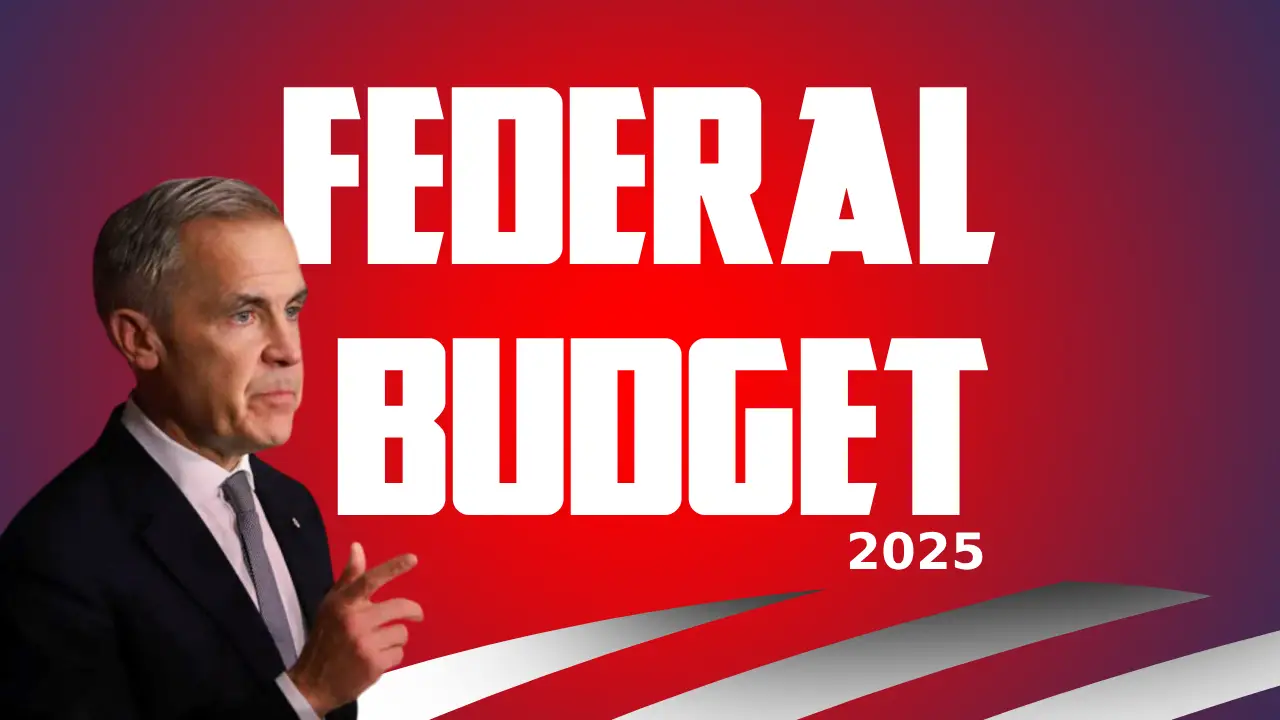Canada 2025 Budget Key Highlights and What It Means for the Economy

Canada 2025 Budget Key Highlights and What It Means for the Economy

Spending, cuts, and growth plans
Prime Minister Mark Carney’s Liberal Government unveiled its first budget for 2025 on Tuesday, setting out a plan it calls “a new era of leadership and a new economic foundation.” Spanning 406 pages, the budget outlines billions in Spending, savings, and investments aimed at boosting economic growth while navigating trade uncertainty and a slowing economy. Here’s a closer look at the key takeaways.
The Big Numbers: A $78 Billion Deficit
The Government forecasts a $78 billion deficit for 2025-26 and expects it to shrink to $57 billion by 2029-30 gradually. The Government aims to balance operational Spending within three years. While this year’s deficit is higher than previous projections, the budget also proposes $141 billion in new Spending over the next five years, partially offset by cuts and savings.
Cutting Back: Downsizing Government Spending
To reduce day-to-day operational costs, the Government plans a “comprehensive expenditure review,” which could save $13 billion annually by 2028-29. Over five years, these measures, combined with other savings and revenue adjustments, are expected to generate $60 billion in total. The public service will see a reduction of around 40,000 positions, shrinking from 368,000 employees last year to an estimated 330,000 by 2028-29. The Government will instead direct savings toward infrastructure projects, clean energy, and innovation.
Stimulating Growth: Investment Incentives
The Government is introducing a “productivity super-deduction” that allows businesses to write off larger portions of capital investments more quickly. Additional measures target manufacturing and liquefied natural gas (LNG) infrastructure. The goal is to make Canada’s investment climate more attractive than the U.S., encouraging companies to expand and innovate domestically.
Fast-Tracking Major Projects
One of Carney’s key campaign promises, the Major Projects Office, is already up and running. Budget 2025 allocates $214 million over five years to accelerate critical mineral projects and to reduce the timeline for the Toronto–Quebec City high-speed rail from 8 years to 4.
Local infrastructure also gets a boost, with $51 billion over ten years earmarked for housing, roads, water and wastewater systems, and healthcare facilities, creating thousands of jobs in the process.
Immigration: New Targets and Adjustments
To address housing and healthcare pressures, the budget lowers temporary resident targets from 673,650 in 2025 to 385,000 in 2026. Permanent residency targets drop slightly from 395,000 to 380,000 per year.
The budget also proposes a one-time measure to help up to 33,000 work permit holders transition to permanent residency. To fill labour gaps, a foreign credential recognition fund will improve the process for international professionals, and a new initiative aims to attract over 1,000 highly qualified international researchers.
Defence: Significant Investments
Canada’s defence budget rises to $81.8 billion over five years, including funds to recruit and retain Canadian Armed Forces members and improve infrastructure. The Communications Security Establishment will also receive billions to upgrade digital infrastructure, including cyber defence capabilities.
Energy and Climate Policy
Budget 2025 hints at phasing out the oil and gas emissions cap, contingent on improvements in carbon markets, enhanced methane regulations, and the deployment of carbon capture technologies.
CBC/Radio-Canada and Culture
The budget provides $150 million to CBC/Radio-Canada to strengthen its mandate and independence. The Government is also exploring the country’s participation in the Eurovision Song Contest, signalling a focus on cultural engagement alongside fiscal planning.
Tax Changes: Simplifying for Canadians
The Government is removing some high-end taxes, including the one per cent underused housing tax and luxury taxes on aircraft over $100,000 and boats over $250,000. These changes aim to simplify the tax system and reduce compliance and administrative costs.
Bottom Line
Canada’s 2025 budget outlines a plan to balance fiscal discipline with strategic investments in infrastructure, innovation, and defence. While the deficit remains high, the Government is signalling a shift toward faster project delivery, a competitive investment environment, and careful management of immigration and public Spending.
For Canadians, the budget is a mix of cuts, incentives, and new Spending initiatives, all designed to steer the country through economic uncertainty while laying the groundwork for long-term growth.







